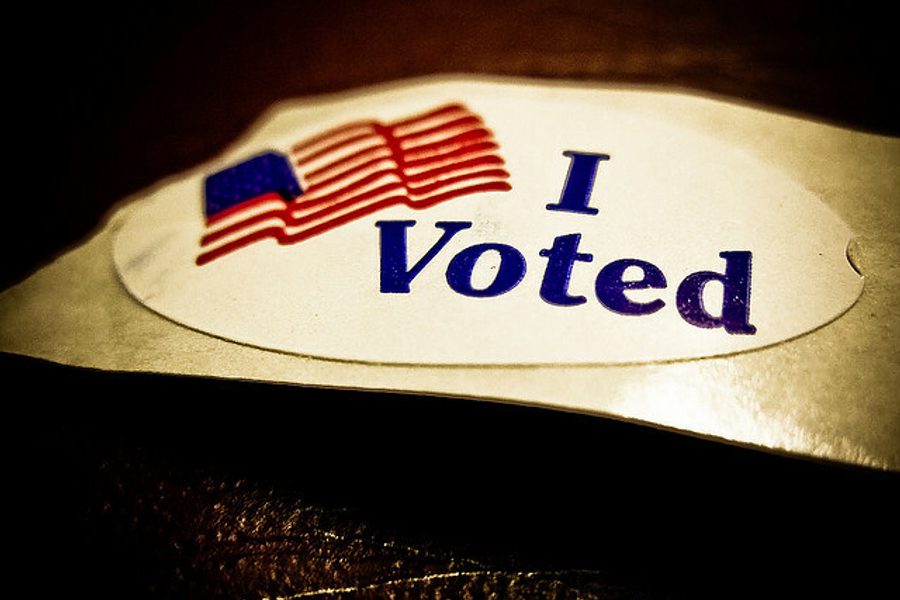Chicago Progressives’ Midterms Performance Actually Wasn’t That Bad
Far from wringing their hands about last week’s election’s implications, Chicago progressives should take heart at their performance.
Marilyn Katz

I just hate it when reporters write before they read and think, as Chicago Sun-Times reporter Dan Mihalopoulos did in his November 5 polemic against Chicago progressives, charging they didn’t turn out voters and speculating that their prospects for the municipal elections are bleak.
So I went through the real numbers and compared them against Mihalopoulos’s claims. Union and other progressive organizations, take heart. You did pretty well on Election Day. The Latino and black wards you targeted did well, mostly gaining votes and delivering them to your target. White folks, not so much.
In order to get a more accurate picture than the simple knee-jerk “Rauner won so Chicago progressives failed” message, you have to look at election turnout ward by ward.
My analysis comes from examining the Chicago Board of Elections data at the ward level. To begin with, while it might not be much solace to him, Gov. Pat Quinn won Chicago with a margin of victory over Rauner that was 1.4 percent higher than his margin over Brady when he won office in 2010.
Contrary to what Mihalopoulos implied, the progressive vote — voters in African-American- and Latino-majority wards, where unions are like to focus on turning out voters — came out in greater force than the rest of Chicago. Though turnout was down overall throughout the entire city, only one Hispanic and four African-American wards lost more than 2,000 voters in comparison to the total number of votes in 2010.
In fact, five African-American wards and four Hispanic wards actually gained votes. And all voted for Quinn by enormous majorities, with many topping 90 percent or higher. That’s in sharp contrast to the 12 majority- or plurality-white wards where 2,000 or more voters who voted in 2010 didn’t show up last week. All majority- or plurality-white wards saw a drop of about 35,000 votes in total — compared to a loss of roughly 18,000 votes in majority-black and -Latino wards. Whites make up roughly one-third of the city, yet accounted for twice as many voter no-shows as blacks and Latinos, who make up almost two-thirds of the city.
The bottom line: SEIU and other unions, whose members are predominantly African-American and Latino, and progressives throughout the city delivered well. White voters were the fades.
And while three of the predominantly white, more affluent wards voted for Rauner in large numbers (between 46.9 and 50.3 percent), there was no significant upsurge in total votes for Rauner than had been cast for Brady, the Republican candidate for governor in the last election — roughly 13,000 more Chicagoans voted for Rauner than voted for Brady, or about a 3 percent bump.
In other words, to explain Rauner’s win, you have to look outside Chicago. While Quinn’s Chicago total was between 20,000 and 58,000 votes less than the votes for Senator Dick Durbin, Attorney General Lisa Madigan, or Secretary of State Jesse White, his loss actually came from every county outside of Cook. On the other hand, Jesse White, Lisa Madigan and Dick Durbin all had vote totals in the city, county state that were higher than Rauner’s numbers.
And, perhaps the best news yet for progressives: the minimum wage increase, the millionaire tax and the pro-women’s reproductive rights advisory referenda all polled more than 80 percent across the city, around 70 to 80 percent in the suburbs and over 60 percent across the state.
Their gubernatorial candidate may not have won, but their messages and issues did. And in the long run, that is more important — as the foundation on which progressive organizations and future candidates in this city can and should build.








